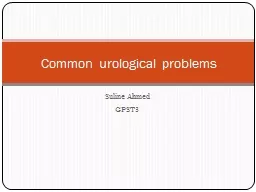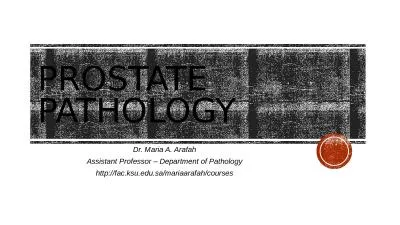PPT-BPH Patient Education Seminar
Author : blondiental | Published Date : 2020-06-16
Learn about Enlarged Prostate Solutions Presented by Physician Name Understanding the Prostate Bladder Urethra Pubic Bone Testes Penis Rectum Prostate Common Symptoms
Presentation Embed Code
Download Presentation
Download Presentation The PPT/PDF document "BPH Patient Education Seminar" is the property of its rightful owner. Permission is granted to download and print the materials on this website for personal, non-commercial use only, and to display it on your personal computer provided you do not modify the materials and that you retain all copyright notices contained in the materials. By downloading content from our website, you accept the terms of this agreement.
BPH Patient Education Seminar: Transcript
Download Rules Of Document
"BPH Patient Education Seminar"The content belongs to its owner. You may download and print it for personal use, without modification, and keep all copyright notices. By downloading, you agree to these terms.
Related Documents














